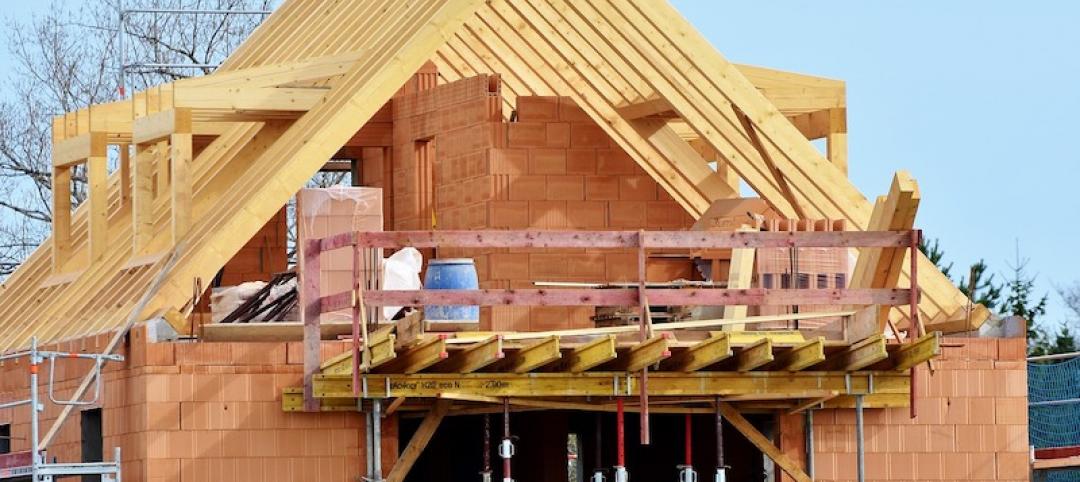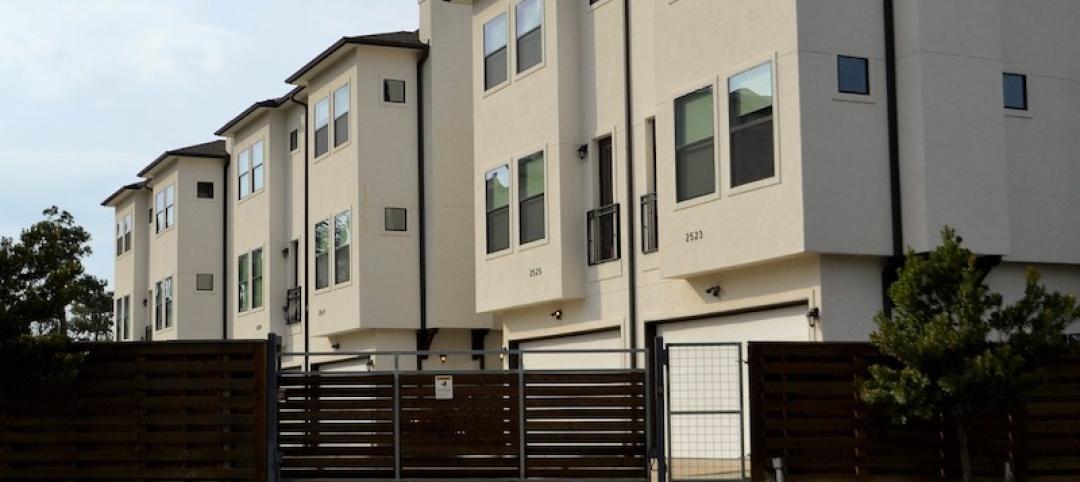Real estate investors are increasingly interested in resiliency plans and management best practices regarding the ability of buildings and developments to withstand severe storms and other natural events.
Potential investors want to know about procedures for identifying, mitigating, and disclosing the risks posed by climate change and natural disasters. Investors care about maximizing rent by minimizing risks, and preventative measures are critical, writes Tony Liou, president of Partner Energy, Inc., a provider of energy efficiency consulting services.
Owners can reduce fire risk by cleaning detritus around buildings, and reduce flood damage by relocating mission critical equipment away from flood-prone areas. Such steps can minimize property downtime that would result from expensive and long repairs requiring the property to be vacated.
Owners should conduct an assessment to determine which mitigation measures to adopt based on costs and the business plan. Then they should analyze whether they have adequate insurance coverage for risks that are too costly to mitigate.
Related Stories
Codes and Standards | Nov 6, 2019
Undisclosed ICC agreement with NAHB alleged to thwart more stringent efficiency codes
Homebuilders’ seats on ICC made it easier to block new provisions, report alleges.
Codes and Standards | Nov 4, 2019
ASHRAE releases new version of energy efficiency standard for buildings
Standard 90.1 includes revisions of envelope, lighting, HVAC provisions.
Codes and Standards | Nov 1, 2019
Resiliency of a community’s housing stock can be measured according to new benchmark
Metric can help municipalities prepare for disasters.
Codes and Standards | Oct 31, 2019
FEMA, ICC release updated guide on integrating I-Codes into floodplain management regulations
Provides advice on satisfying requirements for the National Flood Insurance Program.
Codes and Standards | Oct 30, 2019
ILFI releases new version of Living Building Challenge Framework for Affordable Housing
Document includes updated findings, case studies, new strategies for financing, designing, building affordable housing.
Codes and Standards | Oct 28, 2019
U.S. military demands landlords address health hazards in troop housing
Air Force threatens formal dispute process.
Codes and Standards | Oct 24, 2019
ASHRAE design contest winners demonstrate building resilience
Model building, a city hall, could operate without utility service for two weeks.
Codes and Standards | Oct 22, 2019
Efficient material design, low-carbon concrete are critical to cutting GHG emissions in construction
Enhancing building utilization and reusing materials also aid carbon reduction.
Codes and Standards | Oct 21, 2019
Historic properties not exempt from Americans With Disabilities Act
Some exceptions do apply.
Codes and Standards | Oct 18, 2019
St. Louis could save $61 million per year in energy costs by improved building performance
GHG gases can be reduced by at least 11% with upgrades to public buildings and large private buildings.

















